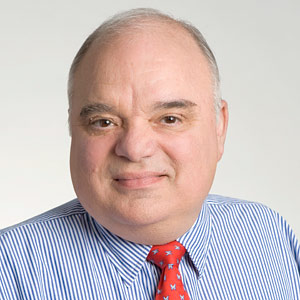Advertisement
Report: More Brazilian, Dominican Immigrants Than Previously Thought
ResumeA new study of Brazilian and Dominican immigrants living in metro Boston finds much larger populations than previously thought. There are about 64,000 Brazilians and a similar number of Dominicans, according to researchers at San Diego State University, University of Massachusetts Boston and Harvard University.
The new data shows that after the Chinese, the two groups are respectively the second and third largest immigrant groups in the metro area. Of those numbers, 71 percent of Brazilians are here illegally, compared to about 8 percent of Dominicans.
REPORTS:
"Dominicans started coming to the U.S. much earlier than Brazilians have," said Enrico Marcelli, one of the demographers who prepared the reports for the Boston Brazilian Immigrant Center and the Dominican Development Center.
"They were able to establish themselves legally here before we became increasingly concerned with unauthorized migration," Marcelli said. "That enabled them to sponsor their relatives and others to come legally in the United States, whereas Brazilians didn't have that foot in the door, so to speak, as early."
Marcelli said most of the migrants come for work or because of family connections in the area, although the research showed that Dominicans were more likely than Brazilians to come to the United States in order to go to school.
"One thing we do know from our studies is that Dominicans tend to be less happy compared to Brazilians. They tend to earn less than Brazilians and they tend to be less satisfied in almost every domain in life," Marcelli said. "This, despite their being here longer and the higher proportion (that) are legal."
Marcelli said there is no clear reason for the difference, and he hopes to study the populations further to explain statistics like that.
The study is being billed as the first statistically credible estimate of legal and unauthorized Brazilians and Dominicans in greater Boston. It also shows Brazilians tend to be highly concentrated in Framingham, Everett, Somerville and Marlborough, while the Dominican population is heaviest in Salem and Lawrence.
Recent research suggests that the immigrant population may be shrinking in the area, as some migrants have headed home in the recession, but Marcelli said that is not clear.
According to his study, about two-thirds of all Brazilians and only about half of Dominicans said they will eventually go back home. More research would be needed to show how many of those people actually return home.
Researchers said they hope the findings will lead to more aggressive outreach by the U.S. Census Bureau to previously uncounted migrant communities.
Click the "Listen Now" button above to hear Bob Oakes' interview with Enrico Marcelli.
This program aired on October 15, 2009.
